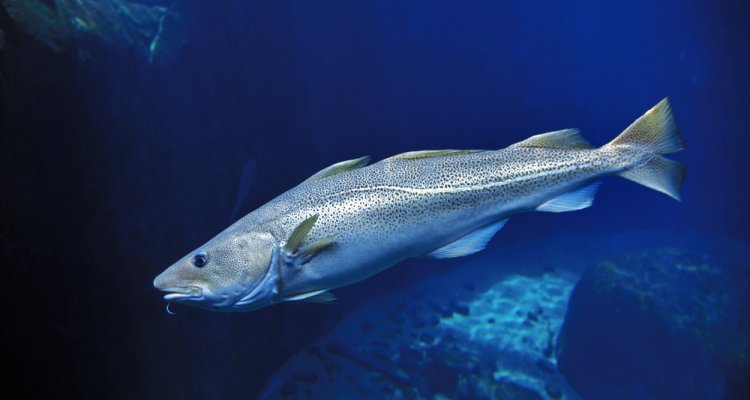Wageningen University & Research: Cod love artificial reef in wind farm
Artificial reefs have been constructed at Borssele 1&2 wind farm off the coast of Zeeland to boost underwater wildlife. Research by Wageningen Marine Research (WMR) shows that cod can often be found near the artificial reefs and use them as a base. The behaviour of the lobsters shows a more ambiguous picture.
The researchers call the initial results “promising”. Wind farm developer Ørsted and partner De Rijke Noordzee are also pleased with the new nature development. Ørsted has installed four artificial reefs in the wind farm based on its ambition to design wind farm Borssele 1&2 in a nature-inclusive way. Ruben Dijkstra, Managing Director Ørsted Benelux: “It is important that offshore wind energy and ecology go hand in hand. Ørsted sets up innovative biodiversity projects worldwide to test, gain experience and learn. This contributes to realising our ambition to build offshore wind farms that have a net positive impact on biodiversity. It is great to see that the results of our biodiversity project in the Borssele 1&2 wind farm are promising. These results are public and we are sharing them with the scientific community.”
Through transmitter surveys, WMR researchers study the behaviour of cod and lobster underwater. Both species prefer hard substrate such as artificial reefs in their immediate habitat. “We want to know what role these artificial reefs play for our target species of cod and European lobster. That way, we can eventually advise on how to optimise these boosts for local biodiversity,” said Benoît Bergès and Marcel Rozemeijer of Wageningen Marine Research.
Cod as key species
It was chosen to study the behaviour of Atlantic cod (Gadus morhua) because cod is a key species: an important species in the functioning of the local ecosystem. If cod are doing well, it is an indication that the reefs are also suitable habitat for other species of fish, marine and benthic life.
In July 2021, 45 Atlantic cod were fitted with acoustic transmitters (‘tags’) to track their movements. In May 2022, the acoustic transmitters were retrieved and the data collected, after which the transmitters were redeployed. The data collected provides GPS coordinates through time. This revealed the effect of the four artificial reefs: Atlantic cod are attracted to the reef and like to stay in its vicinity.
Lobster makes high demands
On behalf of De Rijke Noordzee, 12 European lobsters (Homarus gammarus) were also fitted with a transmitter and then released. Most lobsters had left within a day. A few used a reef and its immediate surroundings for a few days, but then migrated further. Researcher Marcel Rozemeijer explains why: “Lobsters make high demands on their environment. They have a strong preference for good burrows to hide in. In addition, they need a lot of food, which also puts a number of demands on the environment”. It was noteworthy, however, that the lobsters were clearly walking slower on and around the reefs. “They were possibly foraging. When they move on over the open sand again, they walk much faster,” said researcher Marcel Rozemeijer.
Follow-up research
The batteries of the transmitters are dead after a year and, besides, lobsters moult regularly. Therefore, in May 2022, another 19 locally caught cod were tagged, and 12 new lobsters were tagged and released. These new data were extracted in early 2023 and are currently being analysed. The study will run until the end of 2023.

